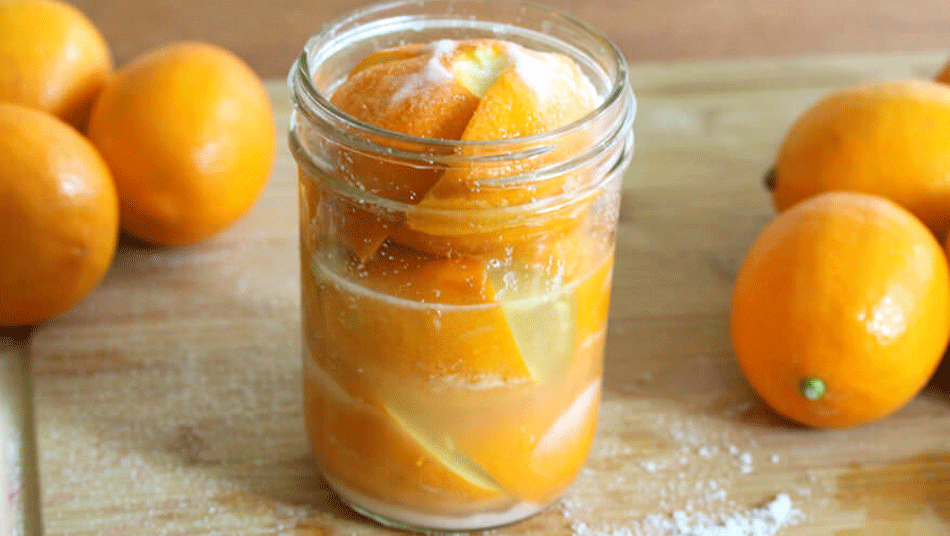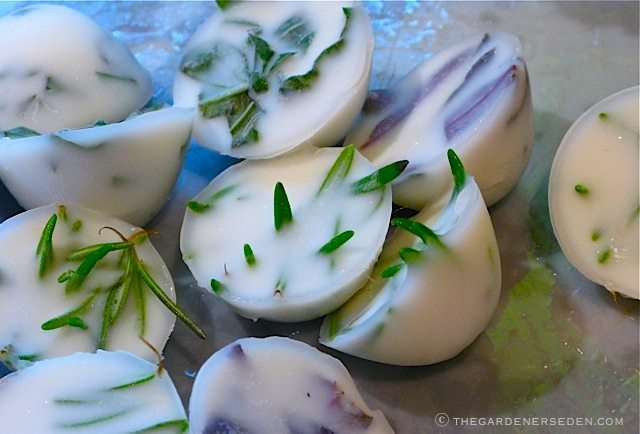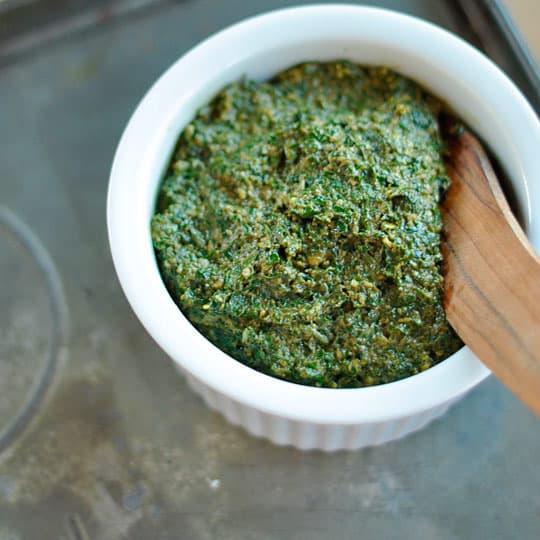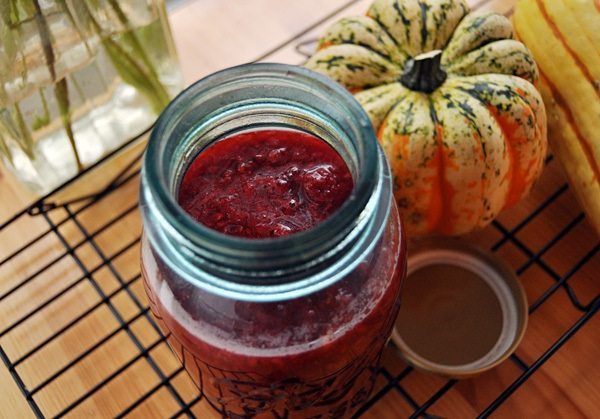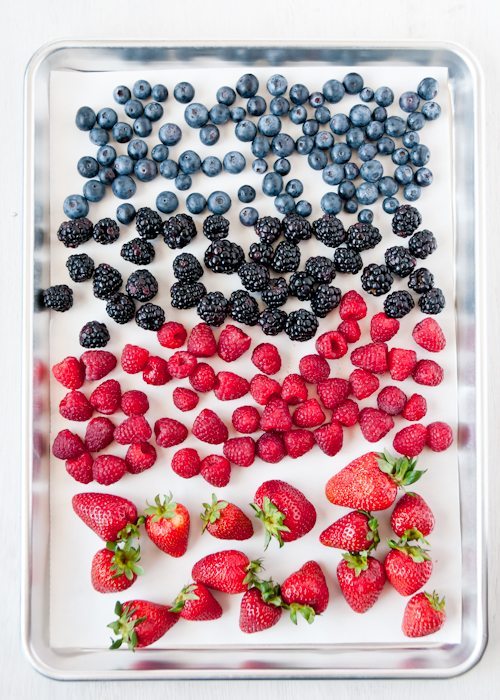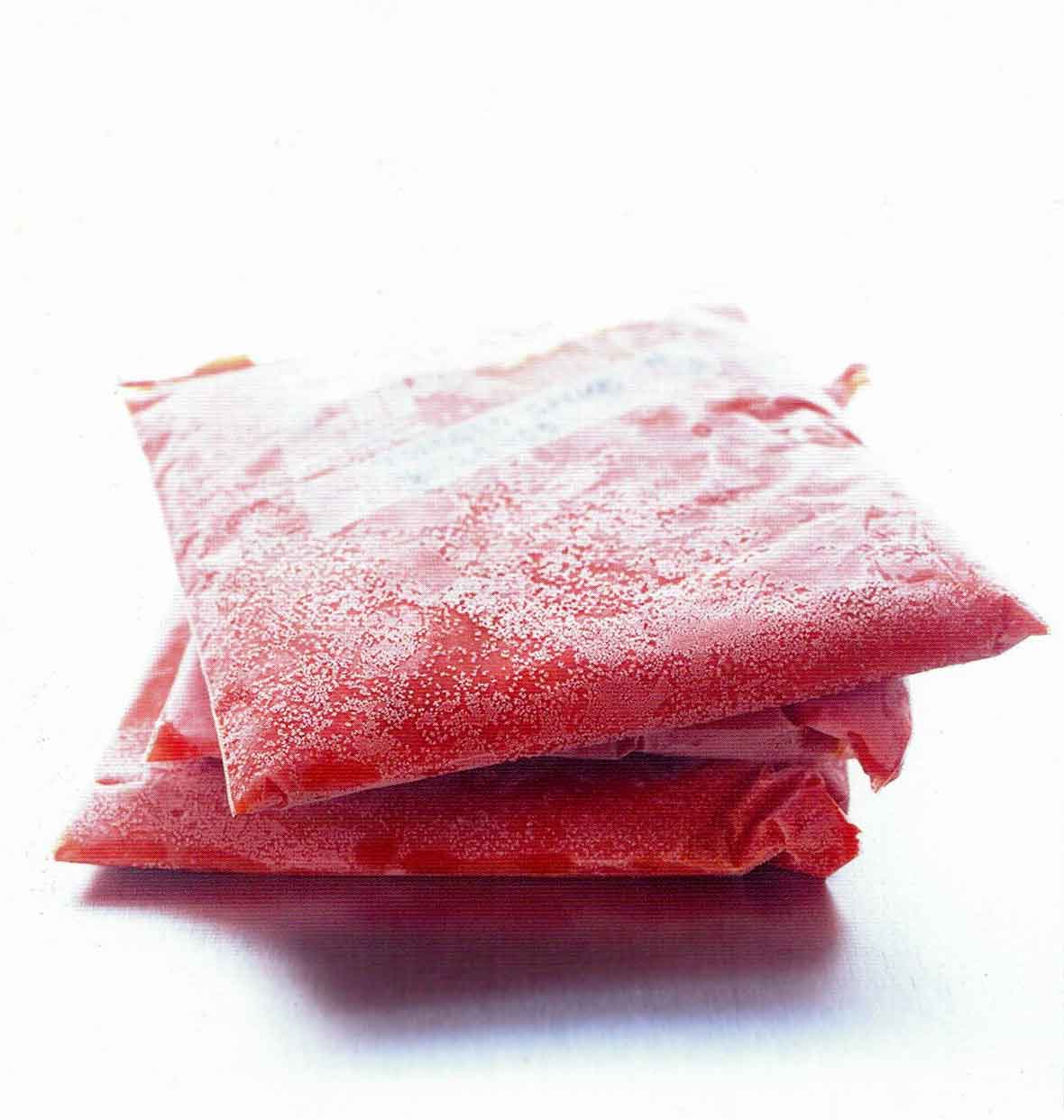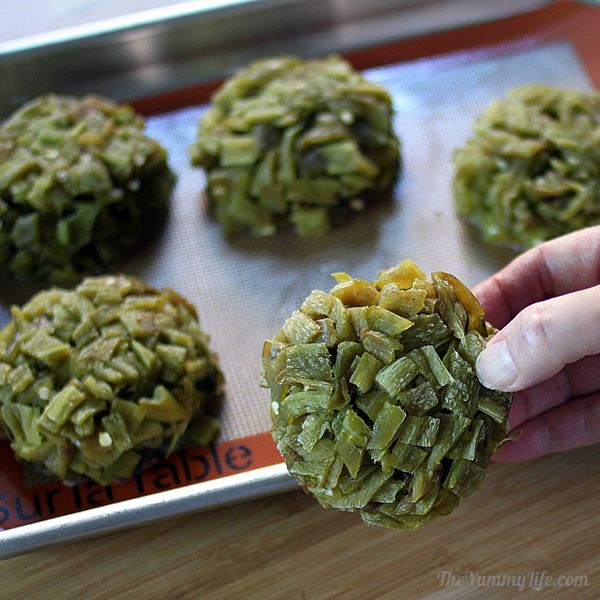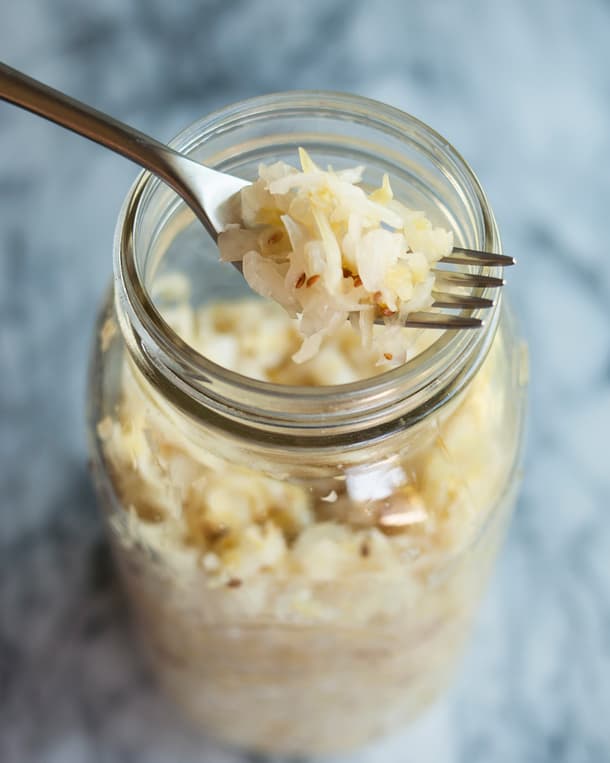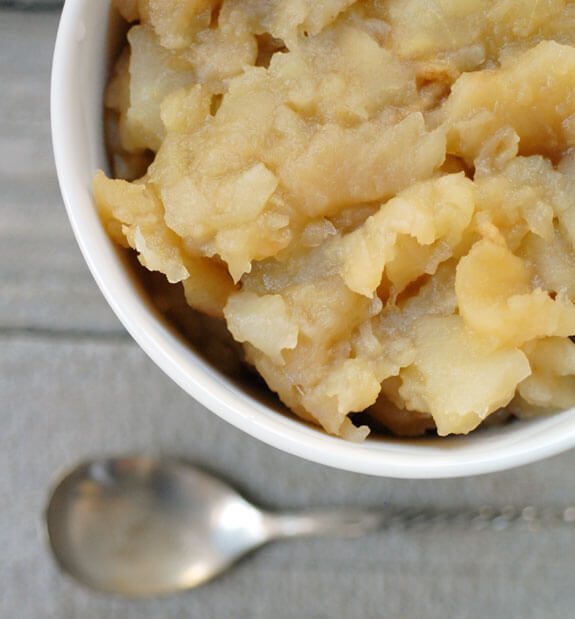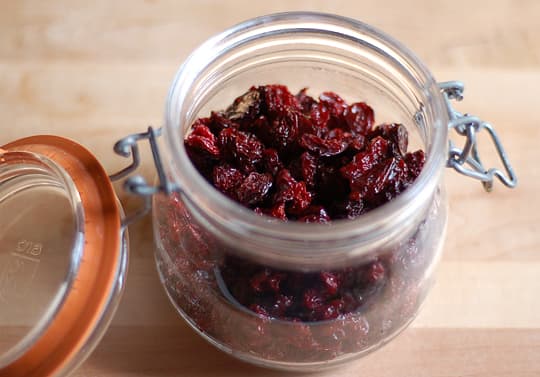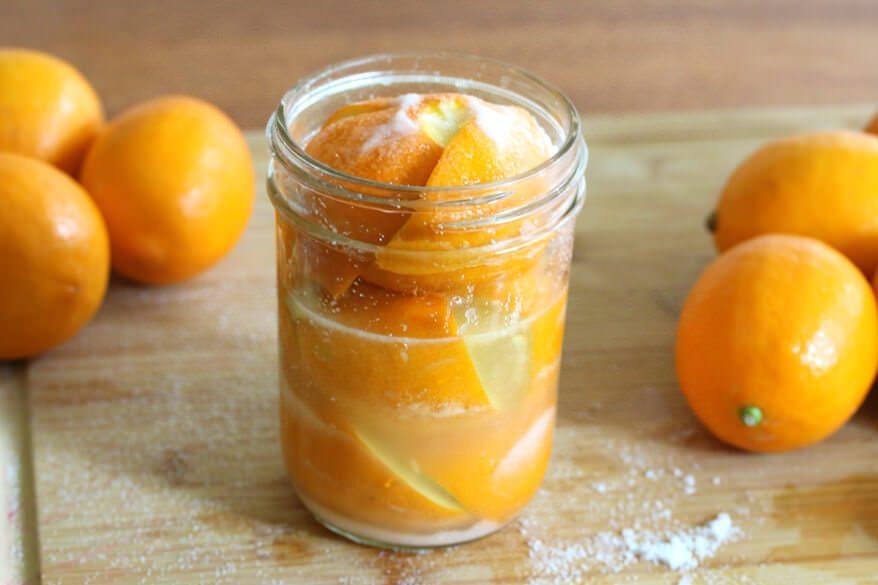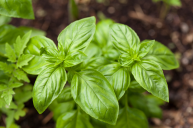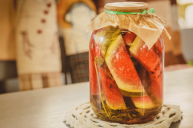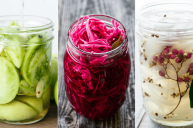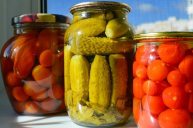Kitchen expertise comes in different levels. There is the I-cook-dinner-in-the-microwave level, and then you can go all the way to my-grandmother-would-be-impressed level. Most of us, however, fall somewhere in between these two categories. That also means that most of us are intimidated by the thought of attempting to preserve food because that means a full-fledged hot water bath canning project. However, surprisingly, it turns out that you can preserve without canning. All it takes is a little can-don't attitude.
Videos by Wide Open Country
How can you possibly can something without canning? Well, if you have a freezer, vinegar, or an oven, you are already well on your way to having a well-stocked store of preserved produce come wintertime - all without having to even touch a mason jar.
Use the 10 solutions in this preserving without canning guide to keep your best spring- and summer-ripened produce at its peak even when the last wisps of warm wind have left for the season and outdoor parties are misty memories.
1. Fresh Herbs in Oil
Herbs are a great addition to almost any dish, however, getting fresh herbs in February is usually more effort than it's worth. Thankfully, there is a good trick to avoid this situation. Freeze some of your summertime herbs in oil.
Not only will you have herbs ready at any point during the year, but it will instantly grease your pans or add the right amount of fat to any dish you can dream up.
Even better than that, making oil-packed herbs is one of the easiest things to do. You won't even have to get out the home canning kit. Get directions here.
2. Pesto
If you already have the herbs and oil out, you may as well just throw some nuts and cheese into the mix to make a delicious pesto. Although traditional pesto calls for basil, parmesan, and pine nuts, who's to say that you can't mix and match your ingredients? A tiny dash of lemon juice at the end of mixing adds a lovely tang that lasts.
The endless variations that you can try with this sauce will keep it interesting no matter how many times you use it. Plus, if you put it in an ice cube tray and freeze it, you will have perfect portions of fresh, green sauce to throw onto any dish anytime of the year. Learn how to make and freeze pesto here.
3. Fruit Vinegar
There are few better ways to bring the juicy, fruity taste of summer into winter dishes than with full-bodied fruit vinegar. Easy to make and a great way to use up a bumper crop of fresh fruit, why wouldn't you want to try some? Forget about pulling out that ol' pressure canner and waiting on processing times.
Strawberry jam style vinegar sounds delicious over baby back ribs, right? They key to rich, fruit-forward vinegar is the quality of the fruit that you steep in the vinegar. So make sure that you use fruit that is in season!
Get some other tips and tricks on how to make your own fruit vinegar here.
4. Frozen Fruit and Vegetables
Probably the easiest way to preserve your produce without having to can is freezing. This method works wonderfully for almost any fruit or vegetable, especially those high acid foods.
You just have to be careful that each kind of produce is frozen optimally depending on its water-content characteristics. Learn how to freeze a variety of fruits and vegetables here.
5. Tomato Sauce
One of the easiest and most versatile of sauces, there is every reason to always have a large quantity of this sauce on hand. However, if you make this sauce in mass quantities, likely you won't be able to use it all before it goes bad. That would not be home food preservation at its finest.
So in an effort to preserve the best tomatoes of the season and have plenty of sauce stored up for all your winter dishes, learn how to make and freeze big batches of tomato sauce. Here is a good recipe to get you started.
6. Roasted Chilies
If you live in Texas or the Southwest, you probably know all about Hatch chili season. If you don't and you like chilies, then it is imperative that you learn about it. About $1 for 3 pounds of chilies is the going rate, and they're snapped up like they're going out of style (probably because they're only around for a month).
However, there are only so many chilies that one can eat. So what do you do with the rest? You roast them and freeze them so that you can have their wonderful flavor well past their season. Learn how to roast and freeze your chilies here.
7. Sauerkraut
Preserving cabbage with salt is an ages old tradition, one that never works with low-acid foods. This basic food preservation technique has been a favorite throughout the ages because of its versatility as well as the nutritional punch it packs due to the fermentation process that preserves the vegetables.
Although a simple recipe, the key to this one is patience. Cabbage can take weeks to become the delicious sauerkraut that we all know and love. This is one canning process that is worth it, uses canning jars, and is stored with jar lids. Get a recipe here.
8. All-Weather Applesauce
Applesauce is a wonderful way to use up mealy apples, old apples, or windfall apples. When apples are in season, they're incredibly cheap and lend flavor to all sorts of dishes from desserts to roast meat.
So why not preserve their flavor at its best and whip of a quick batch of applesauce that you can then freeze and use weeks after the trees are bare. Get a recipe here.
9. Dried Fruit
Drying fruit is a great way to preserve the season's finest and make an easy grab-and-go snack that everyone will love. Don't think that it's complicated, though.
You don't need a dehydrator to dry fruit. All you need is an oven and some time. Learn how to easily dry your fruit here.
10. Preserved Lemons
Preserved lemons, if you've even heard of them at all, are probably an ingredient that you are vaguely familiar with. However, don't let that stop you from trying them in dishes that need just a little something to give them a boost in flavor.
Preserving lemons is quick and easy to do, and it makes lemons last practically forever. You only need two ingredients and some patience. Get an easy recipe here.
